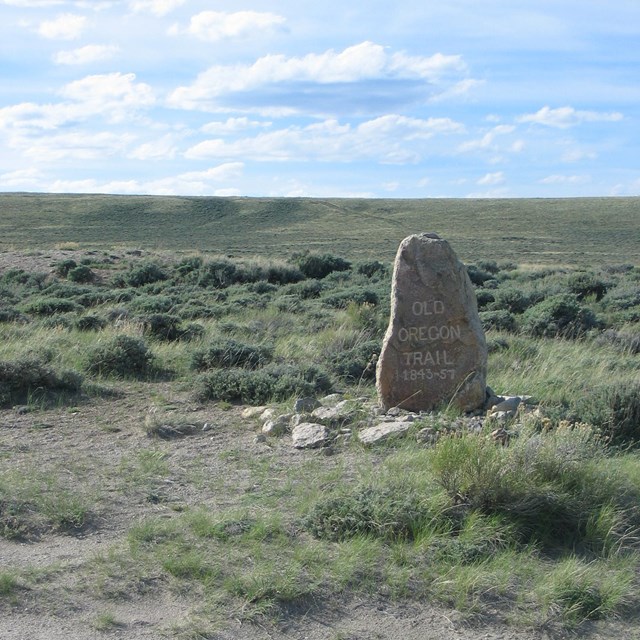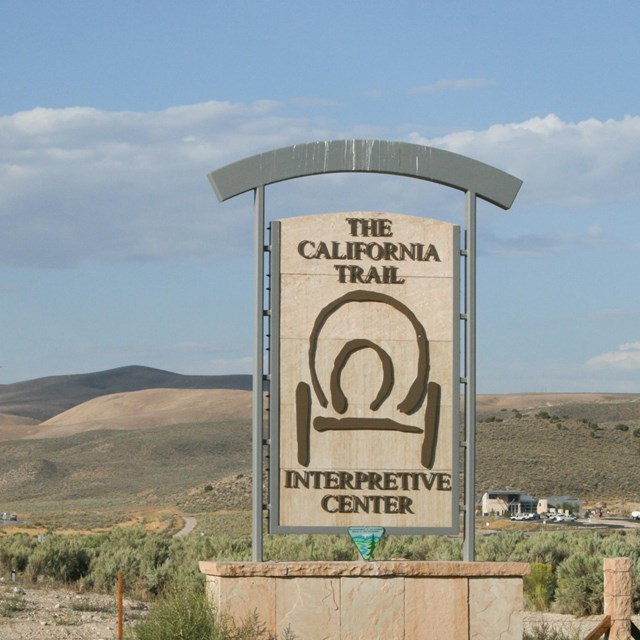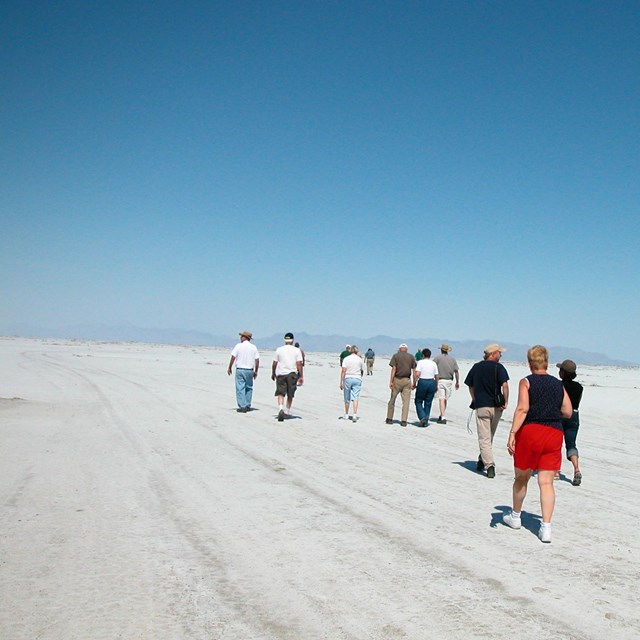A Brief HistoryDuring the 1820s and 1830s, California was a province of Mexico, largely ignored by Americans, and virtually all travel to and from the province was by sea. In May 1841, however, the first group of emigrants, the Bidwell-Bartleson party, met near Independence, Missouri and blazed their way west. At Fort Hall, in present-day Idaho, about half of the party opted to take the Oregon Trail, but the rest vowed to reach California. They abandoned their wagons in eastern Nevada. On horseback and on foot, the party staggered across the Fortymile Desert and entered California via the Walker River. Starving and nearly naked, they finally reached the Central Valley in November. Three years later, the Stephens-Townsend-Murphy party followed suit; they also crossed Nevada along the Humboldt River to the Fortymile Desert but decided to ascend the Truckee River. Eventually they ascended the Sierras via Emigrant Gap and stumbled down to Sutter’s Fort. Soon afterward, in 1846, came the infamous Donner-Reed party, which crossed western Nevada on route similar to the one traveled by the Stephens-Townsend-Murphy party. The Sierra snows, however, forced the party to halt near present-day Truckee, California where they endured several months of suffering, starvation, death, and some cannibalism until rescuers could reach the survivors. Throughout this period, only a trickle of emigrants made their way to California by going overland. The January 1848 discovery of gold, however, turned all eyes toward California. Soon afterward, tens of thousands of “Forty-Niners” and other emigrants rushed hastily toward the gold fields, many of them over Carson Pass. (Thousands of others, meanwhile, headed there by sailing either around Cape Horn or by taking a ship to Panama, negotiating a trail across the narrow isthmus, and waiting for a Pacific coast sailing ship heading north.) At the same time, California was making abrupt political changes. The Treaty of Guadalupe Hidalgo, signed in February 1848, brought California under U.S. control, and in 1850, Congress made it the 31st state as part of the Compromise of 1850. Westbound traffic over the California Trail was heavy for the next several years, gradually shifting over to the Donner Pass route; meanwhile, other routes to California – over the Lassen, Nobles, and Beckwourth trails along with the Walker River-Sonora Route – opened up. After 1852, traffic over the California trail subsided, and the number of people heading east often equaled the ones going west, with many of those going to Oregon instead. Various California Trail routes remained active, however until the transcontinental railroad was completed in 1869. Links to more History
More History
Experiencing the Trail TodayModern-day Auto Tour Routes follow or closely parallel the historic road(s) with state map images and driving directions that provide opportunities for discovering the remnants and significant resources of the trail. Fascinating stories and documented incidents about emigrants, entrepreneurs, missionaries, and fortune seekers provide insight into life along the trail. |
Last updated: April 23, 2025



